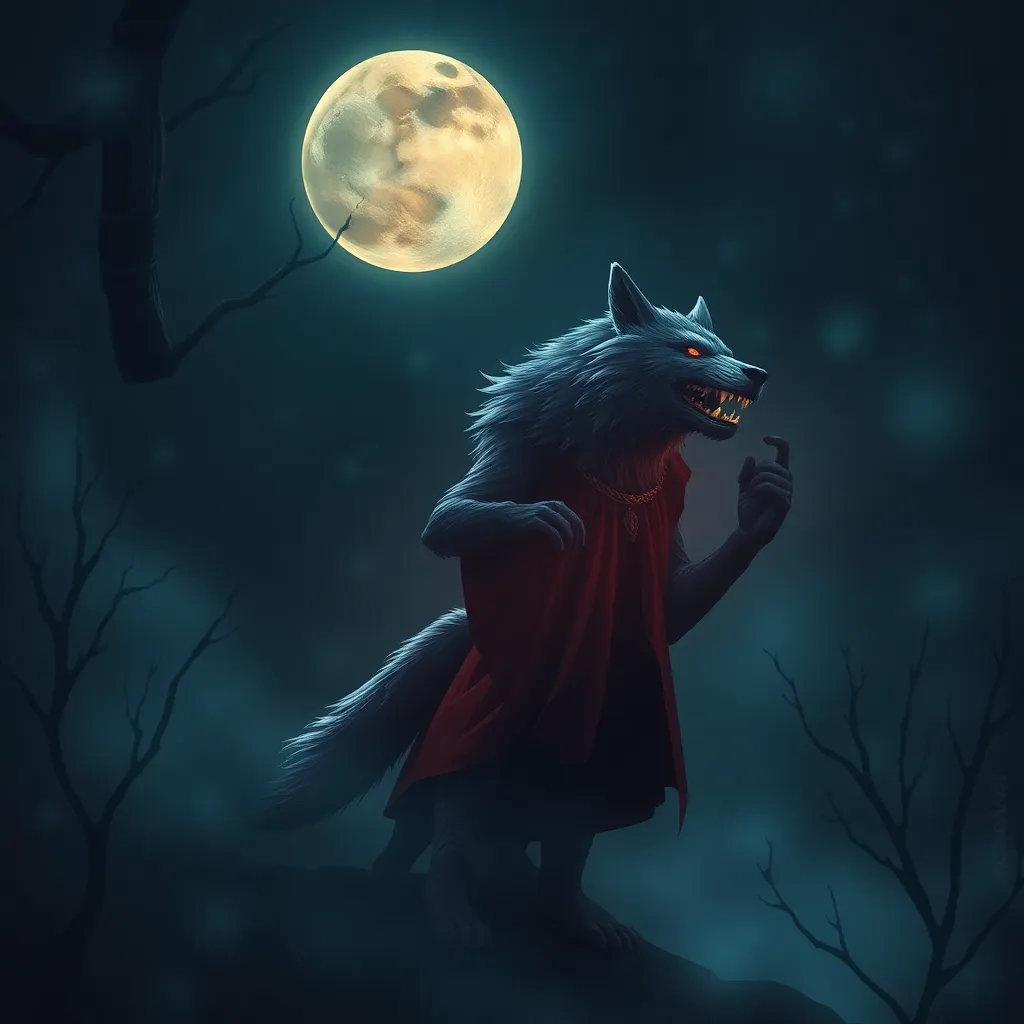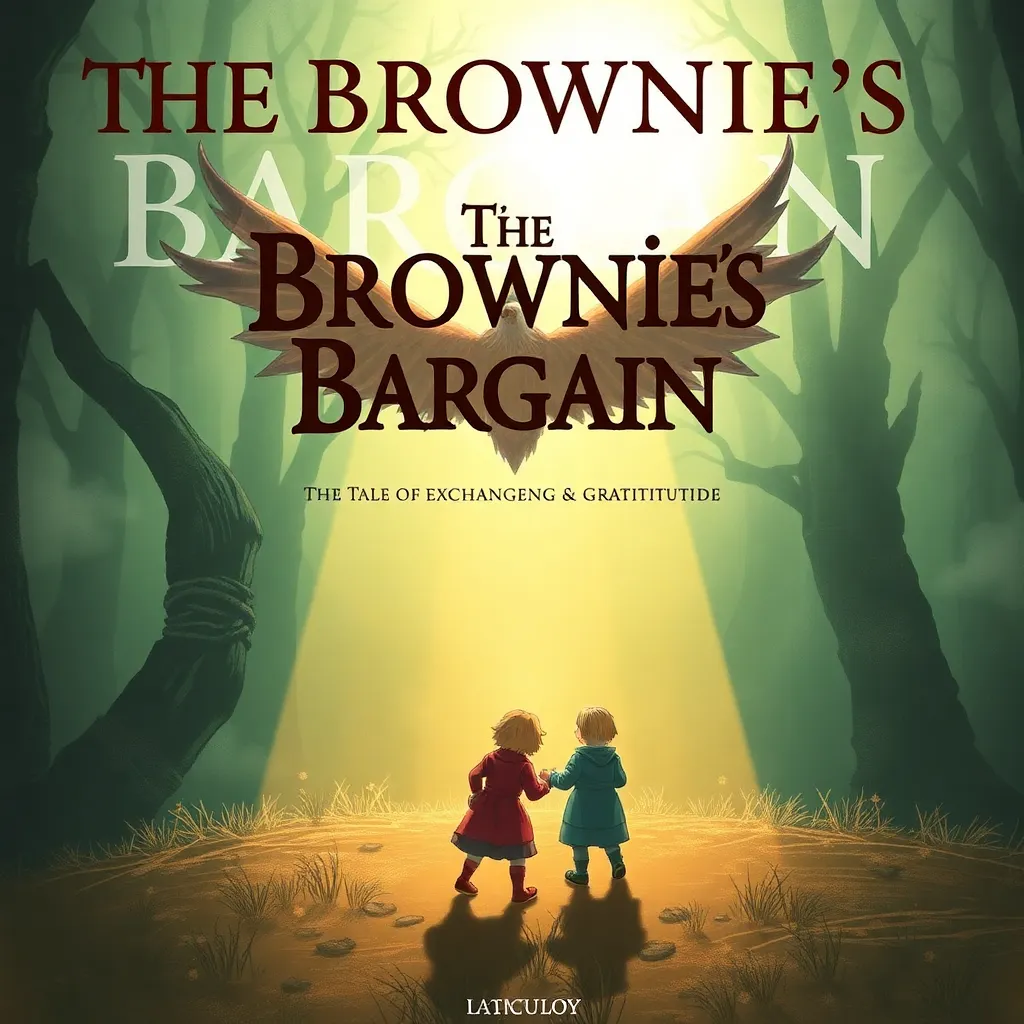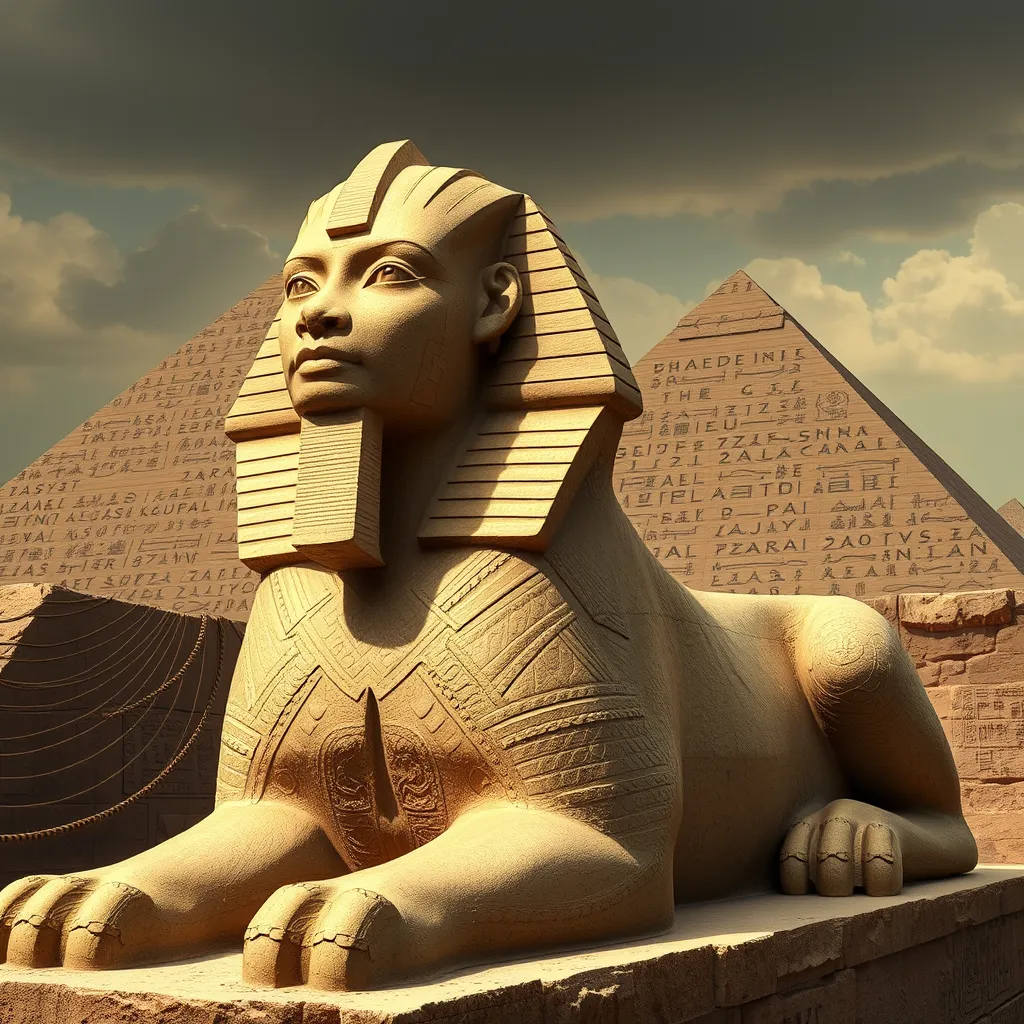The Roar of the Underworld: Exploring the Mythological Sounds of Cerberus
I. Introduction
Cerberus, the three-headed hound of Hades, is one of the most iconic figures in Greek mythology. As the guardian of the Underworld, he plays a crucial role in the myths surrounding death and the afterlife. This fearsome creature, often depicted with a snake entwined in his tail and a mane of serpents, not only serves as a physical barrier to the dead but also embodies the psychological terror associated with the unknown.
In mythological narratives, sound holds significant importance, often enhancing the emotional and atmospheric elements of the story. The roar of Cerberus, for instance, is not just a mere sound; it is a symbol of the boundaries between life and death, fear and courage. The purpose of this article is to explore the auditory aspects of Cerberus, examining how his sound contributes to his role as a guardian and the broader themes in mythology.
II. Cerberus: The Guardian of the Underworld
A. Description and symbolism of Cerberus
Cerberus is typically described as a monstrous dog with three heads, each representing different aspects of vigilance: past, present, and future. His role as the guardian of the Underworld is symbolic of the finality of death and the importance of safeguarding the realm of the dead. Each head not only adds to his fearsome appearance but also emphasizes his ability to oversee the souls entering and leaving the Underworld.
B. Role in Greek mythology and the afterlife
In Greek mythology, Cerberus is most famously known for his role in the myth of Heracles, who was tasked with capturing the beast as one of his twelve labors. Cerberus’s primary function is to prevent the souls of the dead from escaping and to ensure that the living do not enter the realm of the dead without permission. This duality makes him a pivotal character, embodying both the fear of death and the protection of the afterlife.
C. The significance of sound in his guardian duties
The sounds associated with Cerberus are integral to his identity as a guardian. His roar serves as a warning to those who approach the gates of the Underworld, creating an auditory barrier that adds to his formidable presence. It instills fear and respect, reminding souls of their finality and the laws of Hades.
III. The Nature of Cerberus’s Roar
A. Interpretations of Cerberus’s roar in ancient texts
Ancient texts often describe Cerberus’s roar in vivid and fearful terms. For example, Homer in “The Iliad” depicts the sound as a formidable challenge that strikes terror into the hearts of men. Such descriptions highlight the roar as not just a physical sound but as a representation of Cerberus’s power and authority over the Underworld.
B. Symbolic meanings behind the sound
The roar of Cerberus can be interpreted as a symbol of impending doom and the inevitability of death. It serves as a reminder that the Underworld is not a place for the living, and those who hear his roar are often left with a sense of dread and finality. This sound, therefore, takes on a metaphorical significance, representing the fears that accompany the unknown.
C. Comparisons to other mythological creatures’ sounds
When comparing Cerberus’s roar to sounds associated with other mythological creatures, several parallels emerge:
- Chimera: Known for its terrifying roar, the Chimera embodies chaos and destruction, similar to Cerberus’s association with death.
- Dragons: Often depicted with fearsome roars, dragons in various mythologies symbolize power and the guarding of treasures, much like Cerberus guards the Underworld.
- Griffins: Their roars signify strength and majesty, paralleling Cerberus’s role as a powerful guardian.
IV. Cerberus in Art and Literature
A. Representation of Cerberus in ancient art
Cerberus has been depicted in various forms of ancient art, including pottery, sculptures, and mosaics. These representations often emphasize his three heads and fierce demeanor, capturing the essence of his role as a guardian. Artists used Cerberus to evoke feelings of fear and respect, illustrating the creature in dynamic poses that showcase his readiness to defend the Underworld.
B. Literary depictions of his sound in classical works
In classical literature, Cerberus’s roar is often described in ways that evoke a sense of dread. For instance, Virgil’s “Aeneid” describes the creature’s terrifying barks as echoing through the caverns of the Underworld, creating an atmosphere of fear for those who encounter him. These literary depictions serve to reinforce the symbolic weight of his roar.
C. Modern adaptations and interpretations
In contemporary media, Cerberus continues to be a popular figure, with representations in films, video games, and literature. Modern adaptations often take creative liberties with his character and sound, portraying him in various ways that resonate with today’s audiences. For instance, films like “Hercules” and video games such as “God of War” showcase Cerberus in ways that maintain his mythological roots while also appealing to modern sensibilities.
V. The Psychological Impact of Cerberus’s Sound
A. Fear and awe associated with the roar
Cerberus’s roar invokes a primal fear and awe, reflecting humanity’s deep-seated anxieties about death and the afterlife. The sound serves to heighten the stakes for characters who encounter him, making their journeys through the underworld fraught with tension and uncertainty.
B. The sound as a metaphor for death and the unknown
The roar of Cerberus can be viewed as a metaphor for death itself—a reminder of the inevitability of mortality. For many characters in mythology, hearing his roar symbolizes their confrontation with death and the boundaries of life, reinforcing the notion that the Underworld is a place to be feared.
C. Effects on characters in myths and stories
Characters who encounter Cerberus often experience profound psychological effects. For example, Heracles, despite his strength, must confront his fears when facing Cerberus. The roar serves as a catalyst for character development, pushing them to confront their own mortality and the nature of courage.
VI. Cerberus and the Underworld’s Soundscape
A. The auditory environment of the Underworld
The Underworld is often depicted as a realm filled with various sounds—whispers of lost souls, the clinking of chains, and the distant echoes of sorrow. Cerberus’s roar adds a unique layer to this soundscape, marking him as a central figure in the auditory experience of the Underworld.
B. How Cerberus’s sounds interact with other mythological elements
Cerberus’s roar interacts with the sounds of other mythological elements, amplifying the atmosphere of dread. For instance, the cries of the damned and the murmurings of the dead create a haunting backdrop that is intensified by Cerberus’s formidable presence, making the Underworld a terrifying place.
C. The role of sound in shaping the Underworld’s atmosphere
Sound plays a crucial role in shaping the atmosphere of the Underworld. Cerberus’s roar, combined with the other sounds of this realm, creates an environment that is both foreboding and deeply unsettling, highlighting the themes of fear, loss, and the inevitability of death.
VII. Cerberus in Popular Culture
A. Modern references to Cerberus’s roar in films, games, and literature
Cerberus has found a place in modern popular culture, appearing in various films, video games, and literature. His roar is often depicted as a powerful sound that echoes through the dark, enhancing the dramatic tension in these narratives. Examples include:
- Films: “Harry Potter and the Sorcerer’s Stone” features a three-headed dog resembling Cerberus, guarding the Philosopher’s Stone.
- Video Games: “Final Fantasy” series often includes Cerberus as a summon or boss character, accompanied by a dramatic roar that emphasizes his strength.
- Literature: In Neil Gaiman’s “American Gods,” Cerberus appears as a metaphorical representation of guardianship over the dead.
B. The evolution of Cerberus’s character and sound in contemporary media
In contemporary media, Cerberus has evolved from a mere mythological creature to a complex character. His roar has been adapted to fit various narratives, often reflecting the themes of loyalty, danger, and the



